Morning report: A crude oil rally keeps soy prices in the green. (Comments are updated by 7:30 a.m. Central Time.)
Corn down 4-6 cents
Soybeans up 4-6 cents; Soymeal up $1.30/ton; Soyoil up $0.32/lb
Chicago wheat down 24-27 cents; Kansas City wheat down 24-26 cents; Minneapolis wheat down 18-19 cents
*Prices as of 7:00am CDT.
Feedback from the Field updates! Planting progress may be slowing down in the Heartland, but growers in the Upper Midwest continue to face planting obstacles, according to responses from growers in our latest Feedback from the Field column. Planting is progressing, but not as quickly as most growers would like.
Most notably, corn and spring wheat producers across North Dakota and Minnesota are already weighing the possibility of prevent plant acreage as rain delays continue to mount. We even had a response from a grower on the Canadian prairies this week who also indicated that delays in that region could cause acreage shifts.
“We are getting more rain today,” the farmer shared late last week. “So we are delayed planting for a few more days. Soon it will be late for spring wheat here.”
Want to see how your farm’s progress stacks up against other growers across the country? Just click this link to take the survey and share updates about your farm’s spring progress. I review and upload results daily to the FFTF Google MyMap, so farmers can see others’ responses from across the country – or even across the county!
Corn
Corn prices fell $0.04-$0.06/bushel overnight on optimism that Russian naval blockades may finally allow access to Ukrainian grain supplies in the near future, following yesterday’s talks between Russia and Turkey.
Showers across the Corn Belt this week will likely encourage emergence rates and favorable crop development, which are likely to have a bearish impact on prices. A bit of fund-selling was also likely at play as traders returned from the holiday weekend.
Russian president Vladimir Putin told Turkey’s president, Tayyip Erdogan, yesterday that Russia will allow grain exports to be shipped out of Ukraine to Turkey without interference from the Russian army.
The announcement came following the U.N.’s recent efforts to broker an agreement for unhindered Ukrainian grain shipments in exchange for Russian and Belarusian fertilizer supplies over the past couple weeks.
“During the discussion of the situation in Ukraine, emphasis was placed on ensuring safe navigation in the Black and Azov seas and eliminating the mine threat in their waters,” according to a Kremlin readout of Putin’s call with Erdogan.
“Vladimir Putin noted the readiness of the Russian side to facilitate the unhindered sea transit of goods in coordination with Turkish partners. This also applies to the export of grain from Ukrainian ports.”
The readout also included a jab from Putin to the West, wherein Putin pointed out that if Western banking sanctions were lifted, then Russia’s fertilizer, fuel, and food supplies could be traded unimpeded on the world market.
However, it is not yet clear which Ukrainian ports Putin had in mind for facilitating these trades. As Turkey appears to take a mediator’s seat at the center of the Black Sea conflict, the Kremlin has openly voiced support for making Istanbul the primary location for potential peace negotiations.
Using Turkey as a mediator between Russia, Ukraine, and the West is a risky move for onlookers in the U.S. On the one hand, a potential deal could reduce supply pressure on global grain, oilseed, and fuel markets. But Russia is not going to strike a deal without attempting to come out ahead of the West first.
“The precondition (of unlocking Ukraine grains exports) is that sanctions on Russia would get lifted,” a China-based trader cautioned Reuters reporters overnight. However, it seems unlikely the West will be willing to lift the sanctions levied against Russia as it continues its brutal offensive in Ukraine.
Keep an eye on these headlines over the next week. They are likely to cause a significant volume of price volatility in the ag markets as the negotiations evolve.
Today’s Crop Progress report will likely see corn planting paces slow down as farmers across the country begin to wrap up planting activities. But central focus will remain on planting progress in the Upper Midwest, where farmers continue to struggle to plant amid cool and wet conditions.
In my newsletter last Friday, I dug into the potential supply and demand implications of the Upper Midwest planting delays. I will update those estimates following today’s report and include my findings in tomorrow’s newsletter.
Just as a reminder, here is a prevent plant deadline graphic tweeted out by the University of Illinois Farmdoc team last week. The Northern Plains saw their deadline pass last week while the rest of the Upper Midwest will have until today to get corn crops successfully planted before having to work with crop insurance policies.
As of May 22, 72% of anticipated 2022 corn acres had been planted, a 23% increase from the previous week. The five-year average is suddenly within striking range for the same time period, which stands at 79% complete.
Soybeans
An uptick in crude oil prices, due in large part to the European Union’s partial embargo on Russian oil supplies, fueled higher prices in the soy complex overnight. Soybean prices rose $0.04-$0.06/bushel on the prospect, with some additional price support coming from showers in the Upper Midwest today.
Soybean planting progress will likely further advance in today’s Crop Progress report, though it is not under near as much of a time crunch as corn planting progress. Prevent plant dates are still over 10 days away, so there is still time for growers in the Upper Midwest to capitalize on a few days of clear skies expected in the Upper Midwest over the next week.
Soybean planting progress accelerated by 20% last week to 50% planted as of May 22. That metric only stands 5% behind the five-year average – the same variance as the previous week’s report. Similar to corn, the Upper Midwest continues to hold back the nationwide average despite strong planting gains across the rest of the Heartland last week.
Emergence rates are nipping the heels of planters this week thanks to unseasonably warm weather across the country last week. Through May 22, 21% of the planted soybean crop had emerged, up 12% from the previous week and only 5% behind the five-year average for the same reporting period.
Wheat
Wheat prices tumbled lower overnight on Russia’s willingness to allow Ukrainian grain to be shipped to Turkey. U.S. wheat futures fell $0.17-$0.27/bushel on the prospect. “Wheat fell because of the (Putin) comments. The high prices had quite some ‘war premiums,'” a China-based trader told Reuters.
Markets will continue to watch and react to winter wheat conditions in today’s Crop Progress report, but with most of the country’s winter wheat crop already headed, yields are likely already set for the 2022 harvest. Today’s condition rating updates will be directly correlated to lower winter wheat yields, particularly in the U.S. Plains, where a drought this spring is expected to trigger a massive crop shortfall in the region.
Last week’s Crop Progress report saw winter wheat condition ratings improved 1% on the week, rising to 28% good to excellent. Showers over the Southern Plains last week could improve winter wheat ratings for a second straight week, but not likely enough to salvage the region’s winter wheat crop.
Keep an eye on spring wheat planting paces over the next week. True, prevent plant dates have already passed. But for growers in the Northern Plains still set on planting spring wheat crops, clear skies in the region this week could help advance planting paces in North Dakota and Minnesota, who have accounted for the majority of the crop’s early season delays.
Weather
A small chance of showers will linger over the Northern Plains today but dissipate into clear skies for the rest of the week, according to NOAA’s short-range forecasts. The Great Lakes region and Southern Plains will see a narrow band of showers stretch across the region over the next 24 hours. Up to two inches of precipitation could fall in the area during that time.
The system is expected to shift into the Eastern Corn Belt by Wednesday, where showers will likely continue to linger through the rest of the week.
I hope you had a safe and enjoyable Memorial Day weekend! For those of you who are eager for lawn updates – here you go! We did some preliminary work on installing a new sprinkler irrigation system in our yard over the weekend. I am particularly excited about this because I discovered last fall that I am good at establishing grass and I really enjoy being our household’s turf manager.
So an irrigation system is the logical next choice for my lawn. We have received several rain showers this month after an exceptionally dry winter and early spring season on the Colorado Front Range but my grass is still struggling to thrive as the drought impacts are – literally and figuratively – imbedded deeply into the soils. I am also eager to set up drip irrigation so that all of my flowerpots and garden herbs and veggies can enjoy regular watering.
Speaking of my flowers – I continue to fight the squirrels to stay out of my flowerpots. They are curious little devils and don’t understand the importance of boundaries. While there were no flower casualties over the weekend, I did add a few more plants in the pots to keep the soil hidden in hopes that will deter those pesky squirrels.
NOAA’s 6- to 10-day forecasts updated yesterday are trending cool and wet for the Upper Midwest while the 8- to 14-day forecast is beginning to show somewhat dryer – but still cool – conditions for the region.
Financials
Despite easing Kremlin policies on Ukrainian grain trade, energy prices overnight rallied as the European Union remained committed to keeping a partial ban on Russian oil in place. Stock futures dipped lower overnight following last week’s rallies on lingering recession concerns. S&P 500 futures edged 0.45% lower to $4,137.00 at last glance.
Black Swan in the Black Sea series
Our May/June 2022 print edition cover story was about the ongoing crisis in the Black Sea. Our online series, Black Swan in the Black Sea, was published to our website last week and features an in-depth look at market fallout from Russia’s invasion of Ukraine earlier this year, as well as where the markets and global trade relationships could be headed in the future.
The first article in the series examines the war’s impacts to the corn market. Part two examined how wheat trade flows have shifted – and could further shift – due to the Black Sea conflict.
Part three examined the impact of the Black Sea conflict on global fertilizer markets and addressed who will first feel the pain of tight global fertilizer supplies. It also featured updated analysis from the latest USDA-World Agricultural Supply and Demands Estimate report issued in early May on global acreage shifts that could impact next year’s fertilizer prices.
The final installment shows how edible oil trades could foreshadow future trading relations in the Black Sea conflict era. The outlook for global grain and oilseed markets remains murky and likely quite volatile for the foreseeable future.
The four-part Black Swan in the Black Sea series concluded on Friday. We hope it helps you to better understand the new dynamics shaping agriculture, energy, and fertilizer markets.
I was also a featured guest on the Around Farm Progress podcast, where I further discussed my takeaways from writing this cover story series and how I expect global trade dynamics to shape out in the future. Check it out here if you want to learn more!
What else I’m reading this morning on our website, FarmFutures.com:
Naomi Blohm points out that end users celebrated the recent selloff in the corn market.
AgMarket.Net’s Bill Biedermann thinks producers should expect sideways grain markets this summer – at least until June 30 USDA reports.
Congress is investigating price fixing concerns in the beef market.
The U.S. is once again challenging Canada’s dairy policies via a USMCA dispute. Senior policy editor Jacqui Fatka breaks down the key details.
Advance Trading’s Eric Meyer asks – what is keeping you from locking in high prices?
Morning Ag Commodity Prices – 5/31/2022
Contract
Units
High
Low
Last
Net Change
% Change
JUL ’22 CORN
$ / BSH
7.7725
7.695
7.7325
-0.04
-0.51%
SEP ’22 CORN
$ / BSH
7.445
7.37
7.395
-0.0525
-0.70%
DEC ’22 CORN
$ / BSH
7.2975
7.2175
7.25
-0.05
-0.68%
MAR ’23 CORN
$ / BSH
7.3275
7.255
7.29
-0.0475
-0.65%
MAY ’23 CORN
$ / BSH
7.3275
7.2575
7.2725
-0.0575
-0.78%
JUL ’23 CORN
$ / BSH
7.275
7.205
7.2325
-0.04
-0.55%
SEP ’23 CORN
$ / BSH
6.6575
6.6275
6.6275
-0.05
-0.75%
JUL ’22 SOYBEANS
$ / BSH
17.4925
17.3175
17.3825
0.06
0.35%
AUG ’22 SOYBEANS
$ / BSH
16.795
16.6125
16.6925
0.0625
0.38%
SEP ’22 SOYBEANS
$ / BSH
16.0075
15.825
15.9075
0.0625
0.39%
NOV ’22 SOYBEANS
$ / BSH
15.605
15.4175
15.5025
0.0625
0.40%
JAN ’23 SOYBEANS
$ / BSH
15.64
15.4575
15.5375
0.06
0.39%
MAR ’23 SOYBEANS
$ / BSH
15.5575
15.3825
15.4525
0.0575
0.37%
MAY ’23 SOYBEANS
$ / BSH
15.55
15.385
15.445
0.0525
0.34%
JUL ’23 SOYBEANS
$ / BSH
15.5275
15.35
15.46
0.09
0.59%
AUG ’23 SOYBEANS
$ / BSH
10.75
#N/A
15.1625
0
0.00%
JUL ’22 SOYBEAN OIL
$ / LB
80.49
79.4
80.08
0.51
0.64%
AUG ’22 SOYBEAN OIL
$ / LB
78.4
77.36
78.16
0.67
0.86%
JUL ’22 SOY MEAL
$ / TON
436.5
432.4
433.5
1.2
0.28%
AUG ’22 SOY MEAL
$ / TON
431
427.4
428.4
1.1
0.26%
SEP ’22 SOY MEAL
$ / TON
424.2
420.5
421.6
0.6
0.14%
OCT ’22 SOY MEAL
$ / TON
417.4
414.5
414.5
0.1
0.02%
DEC ’22 SOY MEAL
$ / TON
418.7
415.2
415.5
0
0.00%
JUL ’22 Chicago SRW
$ / BSH
11.5725
11.23
11.335
-0.24
-2.07%
SEP ’22 Chicago SRW
$ / BSH
11.6525
11.3225
11.41
-0.2525
-2.17%
DEC ’22 Chicago SRW
$ / BSH
11.725
11.405
11.4875
-0.2475
-2.11%
MAR ’23 Chicago SRW
$ / BSH
11.7
11.4425
11.5225
-0.245
-2.08%
MAY ’23 Chicago SRW
$ / BSH
11.5775
11.34
11.3875
-0.2725
-2.34%
JUL ’22 Kansas City HRW
$ / BSH
12.3725
12.0175
12.1025
-0.25
-2.02%
SEP ’22 Kansas City HRW
$ / BSH
12.43
12.0825
12.1625
-0.25
-2.01%
DEC ’22 Kansas City HRW
$ / BSH
12.5
12.155
12.235
-0.2475
-1.98%
MAR ’23 Kansas City HRW
$ / BSH
12.395
12.165
12.215
-0.27
-2.16%
MAY ’23 Kansas City HRW
$ / BSH
12.115
11.9225
11.9225
-0.33
-2.69%
JUL ’22 MLPS Spring Wheat
$ / BSH
13.1
12.8025
12.88
-0.1675
-1.28%
SEP ’22 MLPS Spring Wheat
$ / BSH
13.1
12.81
12.875
-0.1725
-1.32%
DEC ’22 MLPS Spring Wheat
$ / BSH
13.0275
12.8
12.8275
-0.1875
-1.44%
MAR ’23 MLPS Spring Wheat
$ / BSH
13.0075
12.9025
12.9025
-0.0925
-0.71%
MAY ’23 MLPS Spring Wheat
$ / BSH
12.93
12.93
12.93
-0.0075
-0.06%
JUN ’21 ICE Dollar Index
$
102.035
101.42
101.94
0.635
0.63%
JU ’21 Light Crude
$ / BBL
119.43
114.86
118.75
3.68
3.20%
AU ’21 Light Crude
$ / BBL
116.56
112.05
115.95
3.72
3.31%
JUN ’22 ULS Diesel
$ /U GAL
4.2198
4
4.2049
0.202
5.05%
JUL ’22 ULS Diesel
$ /U GAL
4.1492
3.901
4.1188
0.2135
5.47%
JUN ’22 Gasoline
$ /U GAL
4.139
3.9947
4.1354
0.1196
2.98%
JUL ’22 Gasoline
$ /U GAL
4.0188
3.8909
4.0179
0.106
2.71%
AUG ’22 Feeder Cattle
$ / CWT
0
#N/A
166.325
0
0.00%
SEP ’22 Feeder Cattle
$ / CWT
0
#N/A
169.3
0
0.00%
JU ’21 Live Cattle
$ / CWT
0
#N/A
132.175
0
0.00%
AU ’21 Live Cattle
$ / CWT
0
#N/A
132.4
0
0.00%
JUN ’22 Live Hogs
$ / CWT
0
#N/A
110.4
0
0.00%
JUL ’22 Live Hogs
$ / CWT
0
#N/A
111.725
0
0.00%
MAY ’22 Class III Milk
$ / CWT
25.19
25.19
25.19
0
0.00%
JUN ’22 Class III Milk
$ / CWT
24.61
24.54
24.6
0.09
0.37%
JUL ’22 Class III Milk
$ / CWT
24.83
24.66
24.83
0.23
0.93%
Get our top content delivered right to your inbox. Subscribe to our morning and afternoon newsletters!




